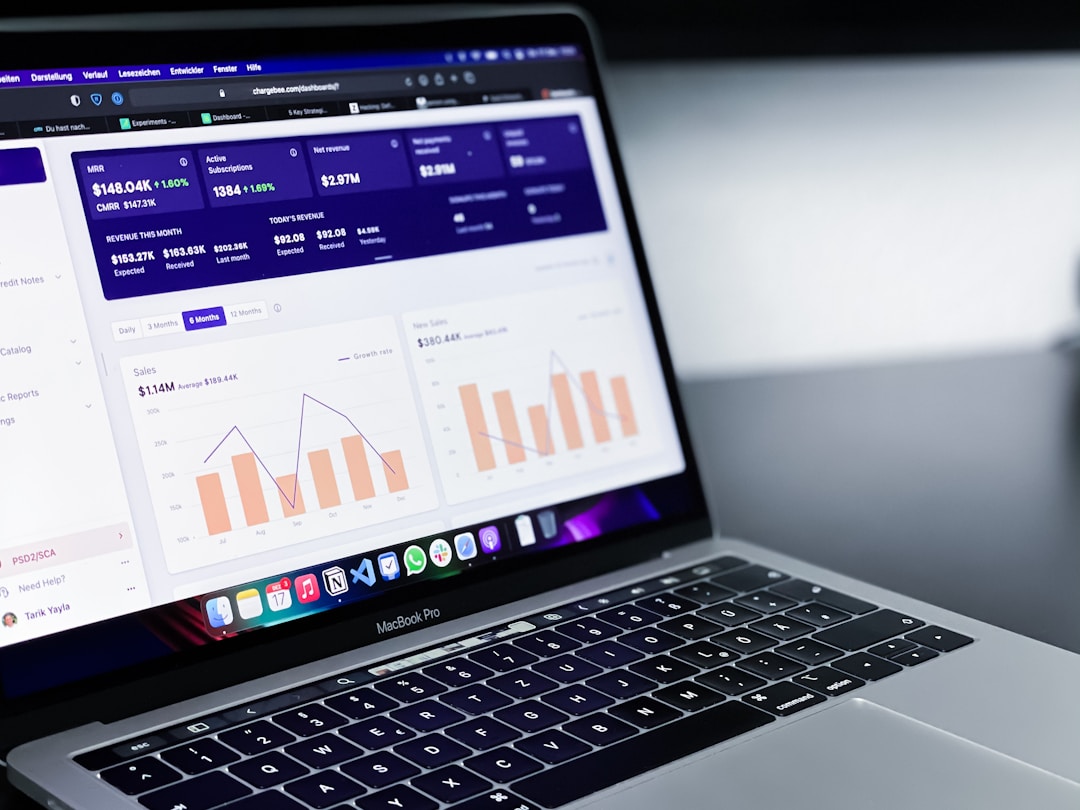Business leaders use prescriptive analytics to make better decisions by analyzing raw data. Prescriptive analytics is a type of analytics that factors data about future outcomes or scenarios, available resources, past performance, and current performance to suggest the best course of action. This type of data analytics takes what is known, comprehensively understands information to make predictions, and offers the best possible course of action based on simulations.
Prescriptive analytics is the third tier of data processing. Within data processing are descriptive analytics, which analyzes and interprets real-time data, previous engagement data, and big data. Predictive analytics applies mathematical models to current data to predict future outcomes. Prescriptive analytics combines machine learning, artificial intelligence, business rules, and algorithms to create scenarios that suggest the best possible outcomes. Predictive analysis is the logical next step in removing the guesswork from data analytics. It saves any analytics team time understanding the value of available data and helps connect the dots to take the user experience to the next level.
How Prescriptive Analytics Works

The prescriptive analysis utilizes artificial intelligence and machine learning techniques. This makes it possible to process large amounts of data. Machine learning allows for the continuous analysis of data and automatically makes use of data at the right time. Unlike predictive analytics, which uses statistics and predictive models to forecast outcomes based on current and historical data, prescriptive analytics estimates what is likely to happen and the best way to achieve the outcome.
Business leaders rely on this statistical model to find the best way forward in a particular scenario by looking at all available data. How do prescriptive analytics work? It uses both descriptive and predictive analytics to emphasize actionable insights over data monitoring. The outcomes of predictive analytics algorithms are the input of prescriptive analytics. The complete package of data analytics includes descriptive analytics to provide business intelligence, predictive analytics to forecast possible outcomes, and prescriptive analytics to determine the best possible course of action. Actionable insights help businesses make better decisions by optimizing the results of future risks and applying the outcome to decision-making.
The Pros And Cons

Prescriptive analytics cuts through the clutter of data sets, immediate uncertainty, and changing conditions. It can help prevent fraud, reduce risk, increase operational efficiency, help achieve business goals, and improve the customer experience. A prescriptive model is only effective when businesses ask the right questions and know how to react to analysis. When used effectively, a prescriptive model provides actionable insights that improve business intelligence and aid in key decision-making.
There are several benefits of prescriptive analytics. It can help businesses better understand consumer behavior and demand to improve revenue generation. A prescriptive model aids gross margin management by providing insights into the optimal mix of product offerings. It also aids in expense reduction by ensuring businesses have a more effective inventory management system in place.
Uses For Prescriptive Analytics

Several types of industries utilize prescriptive analytics tools. The prescription helps optimize the travel and transportation sector, for example, by analyzing large amounts of data to determine pricing and sales pitches for everything from hotel website bookings and online ticket sites. Customer choices, route optimization, the categorization of travelers, and customer perspectives can all be analyzed from available data sets.
The healthcare industry is another one of the largest sectors that sees the most benefit from utilizing prescriptive analytics. Hospitals and clinics use prescriptive models to improve patient care and outcomes. The data context provided by prescription is used to evaluate the cost-effectiveness of different procedures and treatments and clinical methods. Prescriptive analytics also determine which patients are more likely to be re-admitted. This helps healthcare providers take extra steps to prevent re-admission through improved patient education and follow-up visits.
Prescriptive analytics plays a key role in improving business processes by determining the most effective plan to achieve the best possible outcomes.

Leave a Reply